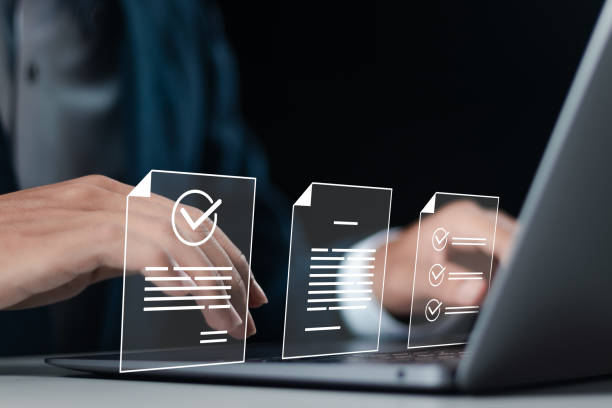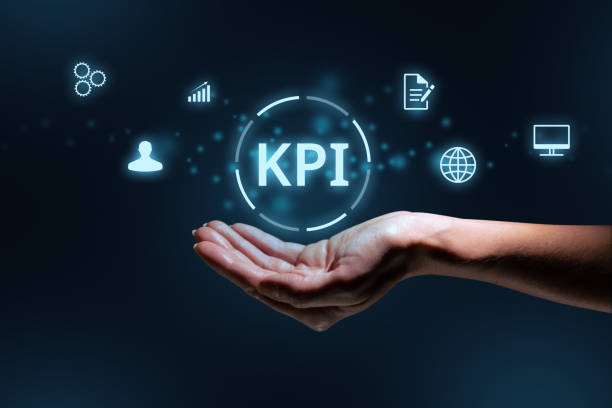Introduction to On-Page SEO and its Importance
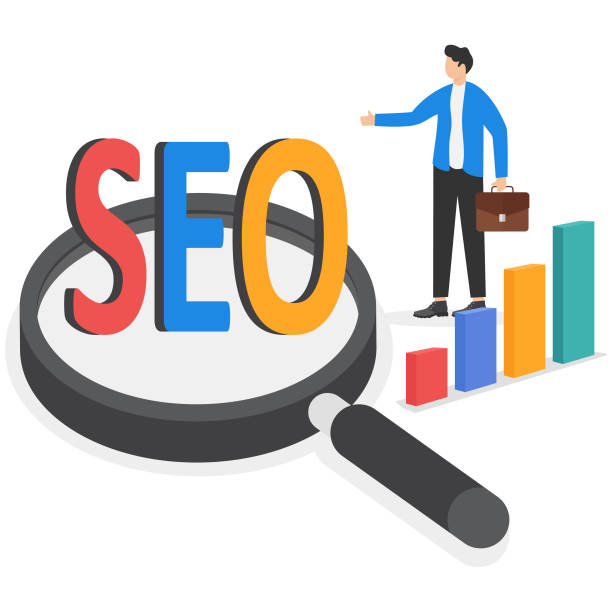
On-page SEO, also known as internal search engine optimization or on-page SEO, refers to a set of actions performed within your website to improve its ranking in search engine results.
This includes optimizing titles, meta descriptions, content, images, and URL structure.
In fact, on-page SEO is the foundation of any successful SEO strategy, as without a strong internal structure, your efforts in Off-Page SEO may not bear fruit.
This section, in an educational and explanatory manner, introduces you to the basic concepts and the reasons behind the importance of this type of optimization.
The importance of #on_page_SEO stems from its direct connection to search engine ranking algorithms.
Search engines like Google, through their crawlers, examine web pages and rank them based on various factors such as #keywords, content quality, site structure, and loading speed.
If your website is not optimized in terms of on-page SEO, it might not be properly understood by these crawlers, even with excellent content, resulting in lower rankings.
This optimization not only helps search engines better understand your content but also improves user experience (UX).
A website with strong on-page SEO has easier navigation, loads faster, and provides relevant and high-quality content to users.
These factors directly influence bounce rate, dwell time, and ultimately, conversion rate.
In today’s competitive world, where thousands of websites compete for audience attention, ignoring on-page SEO means losing countless opportunities.
Therefore, a deep understanding and correct implementation of its principles are vital for any business seeking online visibility.
Are you bothered by losing customers who visited your site to buy?
Rasawb is your specialized solution for having a successful online store.
✅ Significant increase in your online sales
✅ Building trust and professional branding with customers⚡ Get a free consultation from Rasawb experts!
Keyword Research: The Backbone of On-Page SEO
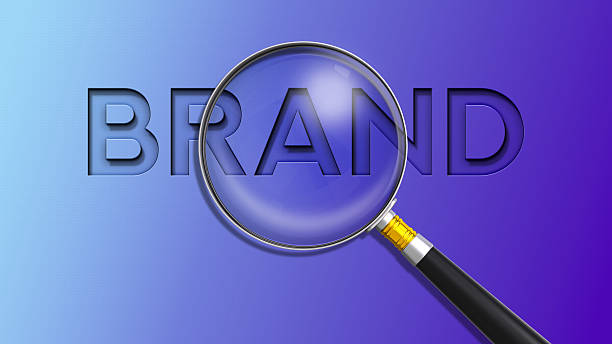
Keyword research is a vital process in an on-page SEO strategy that helps you understand exactly what your users are looking for and what phrases they use to search.
This section, in a specialized and guidance format, helps you identify the best keywords for your content.
Choosing the right keywords not only signals to search engines what your content is about but also ensures that you attract targeted and relevant traffic.
Without precise keyword research, all your subsequent on-page SEO efforts might be ineffective.
There are various tools for keyword research, including Google Keyword Planner, Ahrefs, Semrush, and Ubersuggest.
Each of these tools has unique capabilities that help you discover search volume, keyword difficulty, related keywords, and content ideas.
In this process, you should look for keywords that have both a good search volume and reasonable competitiveness.
Paying attention to Long-Tail Keywords is also very important, as these phrases usually have a more specific search intent and can drive much more targeted traffic to your site.
For example, instead of focusing solely on “SEO,” you can focus on “comprehensive on-page SEO training for small businesses.”
After identifying keywords, the next step is to naturally incorporate them into your content.
Remember that keyword density is important, but “keyword stuffing” will not only not help your ranking but may even lead to penalties from search engines.
The goal is to create content that is engaging and useful for users while including primary and relevant keywords.
This approach helps you demonstrate your credibility and expertise in the relevant field and stand out in search results for phrases related to on-page SEO.
Correct and optimal keyword selection is the cornerstone of success in any on-page SEO strategy.
Optimizing On-Page Elements: The Key to Ranking
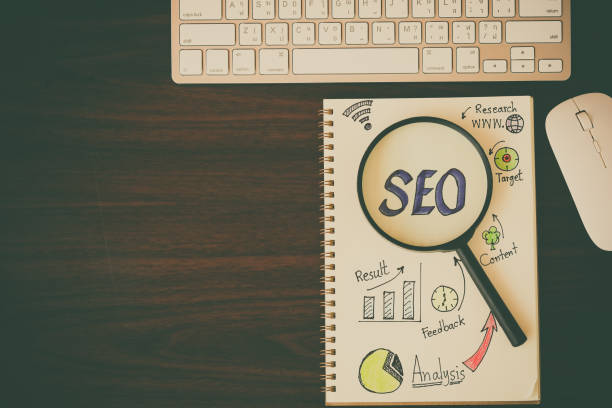
Optimizing On-Page elements is a critical part of on-page SEO that directly affects how search engines understand your content.
This section, in an educational and explanatory manner, delves into the details of titles, meta descriptions, headings, and content quality.
Each of these elements plays a key role in signaling to search engines the topic and importance of your page.
| On-Page Element | Importance for On-Page SEO | Best Practices |
|---|---|---|
| Title Tag | The most important thematic signal to search engines and the first thing users see in results. | Include primary keyword, short and engaging, less than 60 characters. |
| Meta Description | Encourage users to click (CTR) by providing an appealing summary of the content. | Include keywords, call to action (CTA), 150-160 characters. |
| Heading Tags (H1-H6) | Organize content, improve readability, and signal content structure. | Only one H1 per page, use H2 and H3 for subheadings, include keywords. |
| Text Content | The core of the page, providing value to the user and search engine. | High quality, unique, comprehensive, include keywords naturally. |
| URL Address | Increase readability and understanding for users and search engines. | Short, include primary keyword, readable, use hyphens (-). |
The Title Tag is the most important On-Page element.
This title is what users see in search results and tells search engines what your page is about.
It should include your main keyword and be both engaging and concise.
Meta Description, although not directly affecting ranking, plays a vital role in click-through rate (CTR).
This text should encourage users to click on your link.
Proper use of heading tags (H1, H2, H3, etc.) helps structure your content and improves its readability.
H1 should contain the main keyword and act as the main title of the article.
H2 and H3 are used for sub-sections and subtitles and help search engines understand the hierarchy of your content.
Finally, content quality is paramount.
Your content must be comprehensive, accurate, unique, and valuable to the user.
Longer and higher-quality content often sends more positive signals to Google.
Correct implementation of these elements will significantly impact the improvement of on-page SEO and ultimately your website’s ranking.
Producing Quality and User-Centric Content for On-Page SEO
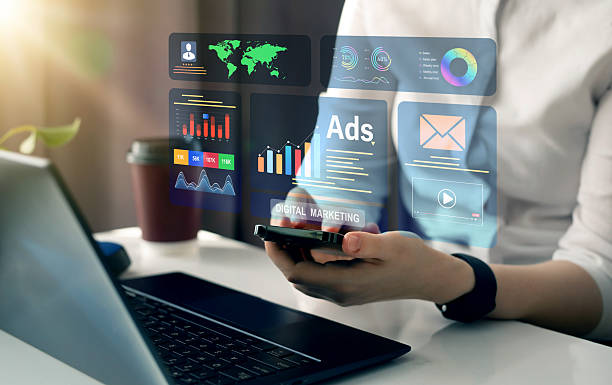
Content production is the beating heart of any successful on-page SEO strategy.
This section, in a specialized and guidance format, discusses the importance of creating content optimized not only for search engines but also for users.
In today’s world, Google is increasingly focusing on helpful and valuable content for users.
This means that simply stuffing text with keywords is no longer enough; your content must answer users’ questions, solve their problems, and provide them with real value.
To create user-centric content, you must first know your target audience.
What are their interests, needs, questions, and challenges? By answering these questions, you can produce content that is truly appealing to them.
Your content should be comprehensive and cover all aspects of the topic.
For example, if you are writing about “on-page SEO,” it should cover all its aspects from keyword research to technical optimization.
Also, the content should be structured and easy to read.
Using short paragraphs, bullet points, lists, and relevant images greatly helps content readability.
High-quality content not only helps you achieve a better ranking in search results but also helps increase user dwell time, reduce bounce rate, and increase interactions.
These signals indicate to Google that your content is valuable to users, thereby improving your ranking.
Also, excellent content can attract natural incoming links (Backlinks), which is an important factor in off-page SEO.
Remember that content should always be up-to-date.
Outdated and irrelevant information can harm your site’s credibility.
Regularly review and update your content to ensure it is always accurate and relevant.
Ultimately, focusing on providing value to the user through excellent content will be the most important step in your on-page SEO strategy.
Are you worried about losing business opportunities because you don’t have a professional e-commerce site?
With e-commerce website design by Rasawb, forget these worries!
✅ Significant increase in sales and conversion rate from visitor to customer
✅ Professional and user-friendly design that builds customer trust
⚡ Get a free consultation from Rasawb now!
Optimizing Images and Videos for Visual Enhancement
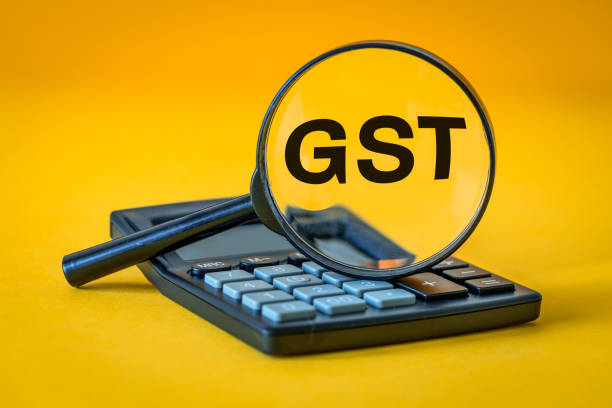
Optimizing visual elements such as images and videos is an important part of on-page SEO that is often overlooked.
This section, in a guidance format, helps you harness the full potential of these elements to improve your ranking and user experience.
Images and videos not only make your content more engaging but can also help you rank in image and video searches.
The first step to optimizing images is to use appropriate Alt Text.
Alt Text is a brief description of the image content that helps search engines understand the image.
It is also useful for users who use screen readers.
Alt Text should include relevant keywords but avoid keyword stuffing.
Image file names should also be descriptive and include keywords (e.g., seo-dakheli-guide.jpg instead of IMG001.jpg).
Image file size is also very important.
Large images can significantly slow down page loading speed, which is a negative factor for Core Web Vitals and user experience.
Use image compression tools like TinyPNG or ShortPixel to reduce image size without significant quality loss.
Choosing the correct format (WebP for web, JPEG for photos, PNG for graphics) can also help reduce size.
For videos, in addition to content quality, it is important to use video schema markup.
This schema provides search engines with precise information about your video, such as title, description, duration, and thumbnail.
Hosting videos on specialized platforms like YouTube and Vimeo and then embedding them on your site can help reduce server load and improve loading speed.
Also, adding transcripts for videos not only increases accessibility but also provides more textual content for search engines to index.
By following these tips, you can effectively improve the visual on-page SEO of your website and attract more traffic from image and video searches.
Internal Linking Strategies to Strengthen Site Structure

Internal linking is one of the most powerful tools in the on-page SEO toolbox that directly impacts the overall strength and structure of your website.
This section, in a specialized and educational manner, shows you how to increase the SEO value of your pages and improve user experience by properly using internal links.
Internal links are links that point from one page on your website to another page on the same website.
The main goal of internal linking is to help search engines discover and index all pages on your website.
These links act like roads that guide search engine crawlers from one page to another and help them understand the hierarchy and relationship between different topics on your site.
The more internal links a page receives, the stronger signal of authority it sends to search engines, which in turn can help improve that page’s ranking.
Using appropriate Anchor Text for internal links is very important.
Anchor text is the text on which the link is placed.
It should include keywords relevant to the destination page to inform search engines and users what the destination page is about.
For example, instead of “click here,” use “complete guide to on-page SEO.”
This helps distribute “link juice” or SEO authority throughout your website, allowing deeper and more important pages to also benefit from the overall site’s SEO power.
The hierarchical structure of internal links is also important.
Your most important pages (such as category pages or main articles) should receive more internal links from other pages.
Creating a pyramid structure, where the homepage links to categories, and categories link to product pages or sub-articles, is an effective strategy.
Internal linking also helps improve user experience, as users can easily find relevant information on your website and spend more time on it.
This in turn leads to a reduction in bounce rate and an increase in engagement.
Proper internal linking is an integral part of a successful on-page SEO strategy.
Technical Aspects of On-Page SEO for Optimal Performance
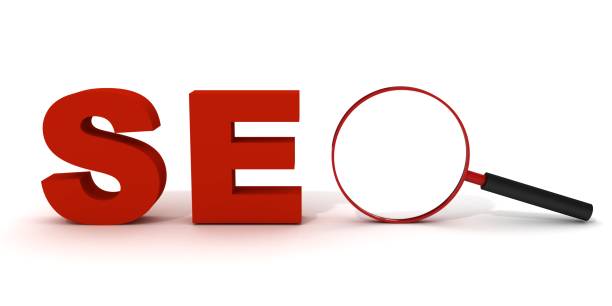
The technical aspects of on-page SEO include factors that directly affect your website’s performance and crawlability by search engines.
This section, in a specialized and analytical manner, introduces you to the importance of site speed, mobile-friendliness, and the use of schema markup.
Ignoring these factors, even with excellent content and on-page optimization, can render your on-page SEO efforts ineffective.
| Technical Factor | Importance for On-Page SEO | Improvement Solutions |
|---|---|---|
| Page Load Speed | Important ranking factor, direct impact on user experience and bounce rate. | Optimize images, reduce HTTP requests, use caching, compress code. |
| Mobile-Friendliness | Most important ranking factor given Google’s Mobile-First Indexing algorithm. | Responsive design, test with Google’s Mobile-Friendly Test. |
| Schema Markup | Helps search engines better understand content and display Rich Snippets. | Use schema generation tools for various content types (product, article, review). |
| Robots.txt and Sitemap.xml Files | Guide search engines for proper crawling and indexing of pages. | Regular review and updates, ensure crawlers can access important content. |
| HTTPS Protocol | Security ranking factor and builds user trust. | Install SSL certificate, ensure proper HTTP to HTTPS redirection. |
Page load speed is an important ranking factor.
Users and search engines expect web pages to load quickly.
Slow websites can lead to high bounce rates and low rankings.
To improve speed, you can optimize images, use browser caching, compress CSS and JavaScript codes, and use a reliable hosting provider.
Mobile-friendliness is also crucial, as Google uses the Mobile-First Indexing algorithm, meaning it prioritizes the mobile version of your website for ranking.
Ensure your website is responsive and displays well on different devices.
Schema Markup is code added to your web pages to help search engines better understand your content and display it in richer forms (Rich Snippets) in search results.
This can include product information, reviews, instructions, etc.
Proper implementation of schema markup can significantly increase your click-through rate.
Additionally, the Robots.txt file and Sitemap.xml are also of high importance.
Robots.txt tells search engines which parts of your site to crawl and which to ignore.
Sitemap.xml provides search engines with a complete map of your website’s pages, ensuring that all your important pages are discovered and indexed.
Finally, using the HTTPS protocol for website security not only builds user trust but is also a small but important ranking factor for on-page SEO.
User Experience and Its Role in On-Page SEO
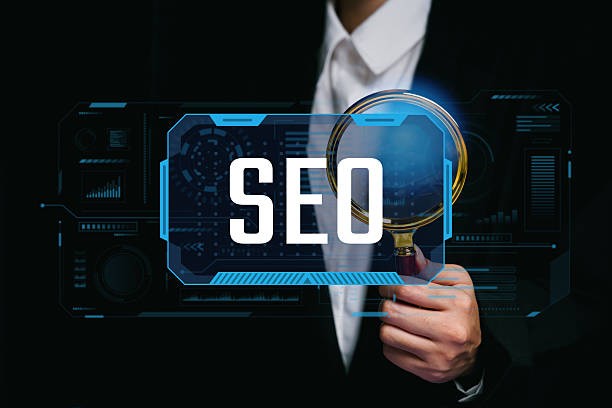
User Experience (UX) refers to the user’s feelings and interactions with your website, and this has become an integral part of on-page SEO, far beyond being a mere auxiliary factor.
This section, in an analytical and explanatory manner, addresses the close connection between UX and search engine rankings.
Google and other search engines are increasingly focusing on signals related to user experience to determine page rankings.
A positive user experience includes multiple factors, such as ease of navigation, fast loading speed, attractive visual design, and understandable content.
When users can easily find what they are looking for, quickly access information, and enjoy reading your content, they are likely to spend more time on your site and be less inclined to return to search results.
These behaviors – long dwell time and low bounce rate – send positive signals to search engines, indicating that your website provides valuable content and offers a good experience for users.
Google has further clarified this relationship by introducing Core Web Vitals.
Core Web Vitals include metrics such as LCP (Largest Contentful Paint) for loading speed, FID (First Input Delay) for interactivity, and CLS (Cumulative Layout Shift) for visual stability.
Improving these metrics directly leads to an improved user experience and, consequently, an improved on-page SEO ranking.
A website with poor UX, even if it has excellent content, may not rank well due to a high bounce rate and low dwell time.
Finally, attention to responsive design is essential to ensure a seamless experience across all devices (mobile, tablet, desktop).
Clear and logical navigation, readable fonts and appropriate sizes, and sufficient white space all contribute to improving the user experience.
Also, a clear and accessible Call-to-Action can guide users towards your goal on the site (e.g., purchase, registration, or reading more content).
By focusing on these UX aspects, you not only keep your users satisfied but also indirectly help strengthen your on-page SEO and convince search engines that your site deserves to be displayed at the top of the results.
Are you tired of losing business opportunities due to not having a professional corporate website?
Rasawb, with its professional corporate website design, helps you:
✅ Build a powerful and trustworthy image for your brand
✅ Convert website visitors into loyal customers
⚡ Get a free consultation from Rasawb now!
Monitoring and Analyzing On-Page SEO Performance
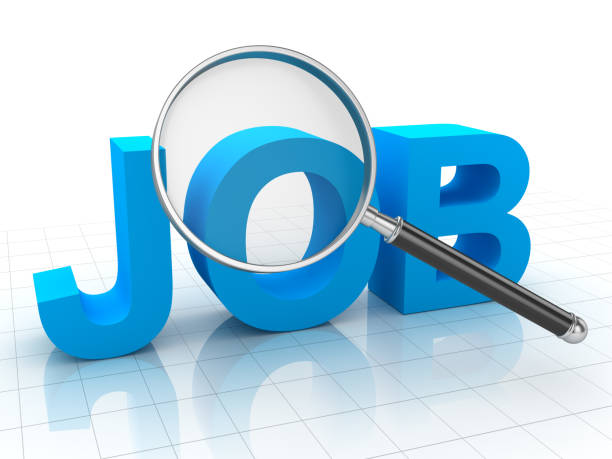
Monitoring and analyzing performance is a crucial stage in any on-page SEO strategy that allows you to evaluate the effectiveness of your efforts and identify strengths and weaknesses.
This section, in a guidance and analytical manner, shows you how to track your website’s performance using various tools and make data-driven decisions for continuous improvement.
Without continuous analysis, you will be operating in the dark and will not know which part of your on-page SEO strategy is effective and which needs refinement.
The main tools for this purpose are Google Search Console and Google Analytics.
Google Search Console gives you direct information about how Google interacts with your website, including search performance reports (keywords that users found you with, click-through rate, average position), index coverage (pages that are indexed or have errors), Core Web Vitals, and security issues.
This tool is essential for identifying technical problems and ensuring the overall health of your site’s SEO.
Google Analytics, on the other hand, provides a comprehensive view of user behavior on your website.
You can track incoming traffic, traffic sources, time spent on page, bounce rate, user navigation paths, and conversion rates.
By analyzing this data, you can understand how users interact with your content and which pages attract the most traffic.
For example, if a page has a high bounce rate, it may indicate that its content or design needs further optimization for on-page SEO to meet user expectations.
In addition, paid tools such as Ahrefs and Semrush also offer advanced capabilities for competitor analysis, keyword rank tracking, and finding link-building opportunities that can add more depth to your on-page SEO strategy.
Setting specific KPIs (Key Performance Indicators) such as increasing organic traffic, improving the ranking of important keywords, and increasing conversion rates helps you measure your progress.
Regular data analysis and reacting to the insights gained create a continuous improvement cycle for your on-page SEO, ensuring that your website is always on the path to success.
Controversial Content and Its Impact on On-Page SEO
![]()
Controversial content, or content that is challenging and debatable, can be a powerful yet high-precision approach in an on-page SEO strategy.
This section, in a controversial content and analytical manner, examines how to use this type of content to attract attention, increase engagement, and improve rankings.
Is producing content that might create disagreement truly beneficial for SEO? The answer to this question is more complex than a simple yes or no.
The main goal of this type of content is to arouse curiosity and stimulate thought in the audience.
Controversial content can include expressing unconventional views, exploring lesser-known aspects of a topic, or even challenging common beliefs.
When content has such an impact, it is likely to prompt users to share, discuss, and comment.
These interactions (Engagement) – such as comments, social media shares, and even natural link-building – send very positive signals to search engines.
Google values content that has high engagement because it indicates the value and popularity of that content.
However, this approach should be used with extreme caution.
Controversial content should not simply be for superficial attention or provide false and misleading information.
The goal should be to create a constructive discussion and provide new perspectives that add real value to the audience.
Your content must still be optimized for on-page SEO, meaning it should include relevant keywords, have a proper structure, and be of high writing quality.
If your controversial content is not executed correctly, it can damage your brand’s credibility or lead to a high bounce rate, as users may be upset by your views or find the content unhelpful.
Therefore, before producing such content, you should thoroughly know your audience and assess the potential reactions.
Does this topic truly have the potential for discussion and interaction? Can you present it in a way that leads to conversation instead of division? If done carefully and with the right strategy, controversial content can be a powerful tool for increasing your visibility and strengthening your on-page SEO, as it quickly goes viral and attracts a lot of attention.
Frequently Asked Questions
| Question | Answer |
|---|---|
| What is On-page SEO? | On-page SEO refers to a set of actions performed within a website and on its page content to achieve a better ranking in search results. |
| Why is On-page SEO important for a website? | On-page SEO helps search engines better understand your page content and assess its importance. It also provides a better user experience for visitors. |
| What are the most important On-page SEO factors? | The most important factors include keyword optimization, content quality, Title Tag, Meta Description, URL structure, Heading Tags (H1-H6), internal linking, and image optimization. |
| What role does the Title Tag play in On-page SEO? | The Title Tag is one of the most important On-page SEO factors that displays your page title in search results and the browser tab. It should include the primary keyword and be engaging. |
| What is the importance of Meta Description in On-page SEO? | The Meta Description provides a summary of the page content, and although it doesn’t directly affect ranking, it can increase the click-through rate (CTR) by encouraging users to click. |
| How are keywords used in On-page SEO? | Keywords are phrases users employ to search for information in search engines. Proper and natural use of them in content helps the search engine identify the page’s topic. |
| What is internal linking and what is its benefit in On-page SEO? | Internal linking means creating links between different pages of a website. This helps distribute page authority, aids search engine bots in crawling, and improves user experience. |
| How does image optimization affect On-page SEO? | Image optimization includes compressing size, using appropriate Alt tags, and proper file naming. This improves page load speed and helps search engines understand image content. |
| What does quality content mean in On-page SEO? | Quality content means content that is comprehensive, accurate, unique, up-to-date, and user-friendly, meeting user needs. |
| What role does URL structure play in On-page SEO? | Readable, short URLs that include the main keyword help search engines and users better understand page content and improve user experience. |
And other services of Rasawb Advertising Agency in the field of advertising
Smart UI/UX: Designed for businesses seeking to increase website traffic through precise audience targeting.
Smart Link Building: An effective tool to increase sales by optimizing key pages.
Smart Link Building: A dedicated service for growing customer acquisition based on optimizing key pages.
Smart Link Building: A novel service for increasing user engagement through intelligent data analysis.
Smart Data Analysis: A novel service for increasing website traffic through the use of real data.
And over hundreds of other services in the field of internet advertising, advertising consultation, and organizational solutions
Internet Advertising | Advertising Strategy | Advertorials
Resources
Internal Linking in SEO
What is Internal SEO?
Internal SEO Techniques
Internal SEO (On-Page SEO)
? With Rasawb Digital Marketing Agency, lead your business towards digital success. From custom website design to SEO optimization and advertising campaign management, we are with you every step of the way to ensure a powerful and impactful online presence. Contact us for consultation and to start your business’s digital transformation.
📍 Tehran, Mirdamad Street, next to Bank Markazi, Kazerun Jonubi Alley, Ramin Alley No. 6

